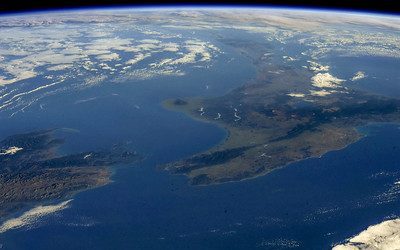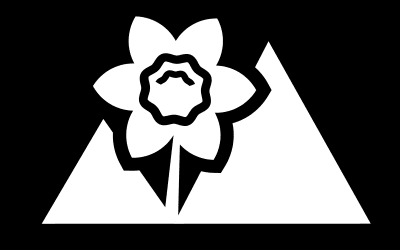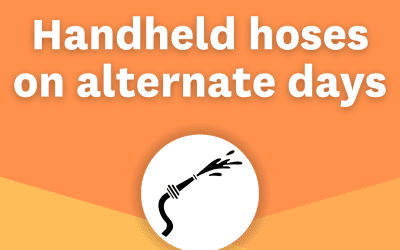Water
Last updated: 07 Mar, 2025 08:54am
Carterton District Council Endorses Joint Water Entity with Safeguards to Protect Ratepayers
Carterton District Council voted today [Thursday 22 May] to enter negotiations for a joint council-owned water services entity in partnership with Masterton, South Wairarapa, and Tararua District Councils — a major step forward in the Local Water Done Well reform...
Rahui in place: Ruamāhanga River
A Rāhui is in place on the Ruamāhanga river from: where the Whangaehu River enters the Ruamāhanga, to: the convergence of the Waiawangawanga/Waingawa River with the Ruamāhanga [a distance of about 2kms]. The Rāhui will be lifted on Sunday 30 March The rāhui is...
Water Restrictions: Orange
We’ve moved our water levels to Orange: Only use handheld hoses on alternate days. This means handheld hoses are all that can be used in the garden, and they can only be used on alternate days. Water by hand only on even numbered days if you live in an even numbered...



